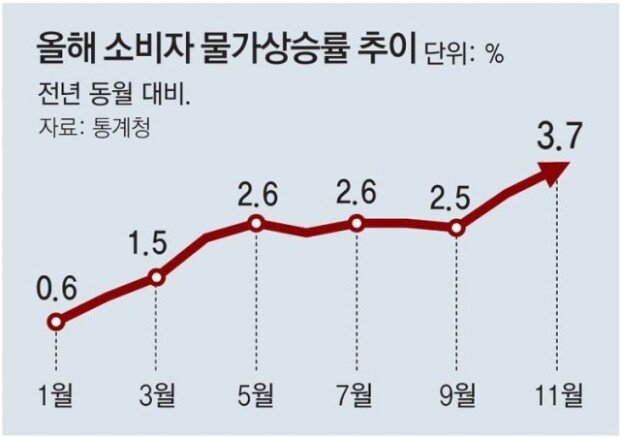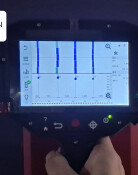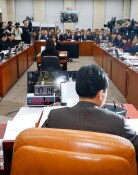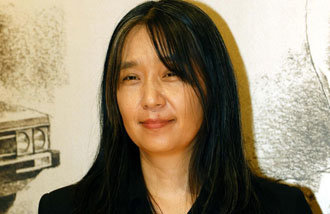Consumer prices jump by the biggest margin in 10 years
Consumer prices jump by the biggest margin in 10 years
Posted December. 03, 2021 07:48,
Updated December. 03, 2021 07:48

The consumer price jumped last month by 3.7% year-on-year, the largest margin in nine years and 11 months. While the prices are rising fast, the growth rate in the third quarter of the year moved at a snail’s pace at 0.3%, quarter-on-quarter. And concerns over “slowflation” are intensifying as the sluggish economy and the overheated inflation can both be worsened by a potential supply crunch caused by the spread of “omicron,” a new variant of the coronavirus.
According to the November consumer prices trend released by Statistics Korea, the consumer prices index stood at 109.41, up 3.7% as against the same quarter last year. This is the steepest jump since December 2011 (4.2%), the highest this year. Consumer prices rose 3.2% in October too. This marks the first time that the consumer prices have risen for two months running by more than 3% in about nine years since January and February in 2012. The spike in prices was mainly attributable to the wholesale increase of petroleum, personal services, agricultural, stockbreeding, and fishing products prices.
The country’s economic growth rate and national income are shrinking by contrast. According to the Bank of Korea, the real GDP rose only by 0.3% quarter-on-quarter in the third quarter. The growth rate, which stood at 1.7% and 0.8% in the first and second quarters, respectively, has fallen once again. The GNI, which reflects the actual purchasing power of household, has decreased 0.7% in the third quarter from last quarter, posting a minus for the first time in five quarters.
The upward moment of inflation is expected to remain in South Korea for a while. Meanwhile, the prices in the U.S. surged by 6.2% in October to a record high in about 31 years, and the prices in the Eurozone also shot up by 4.9%, the highest in 24 years.
Choong-Hyun Song balgun@donga.com · Hee-Chang Park ramblas@donga.com







